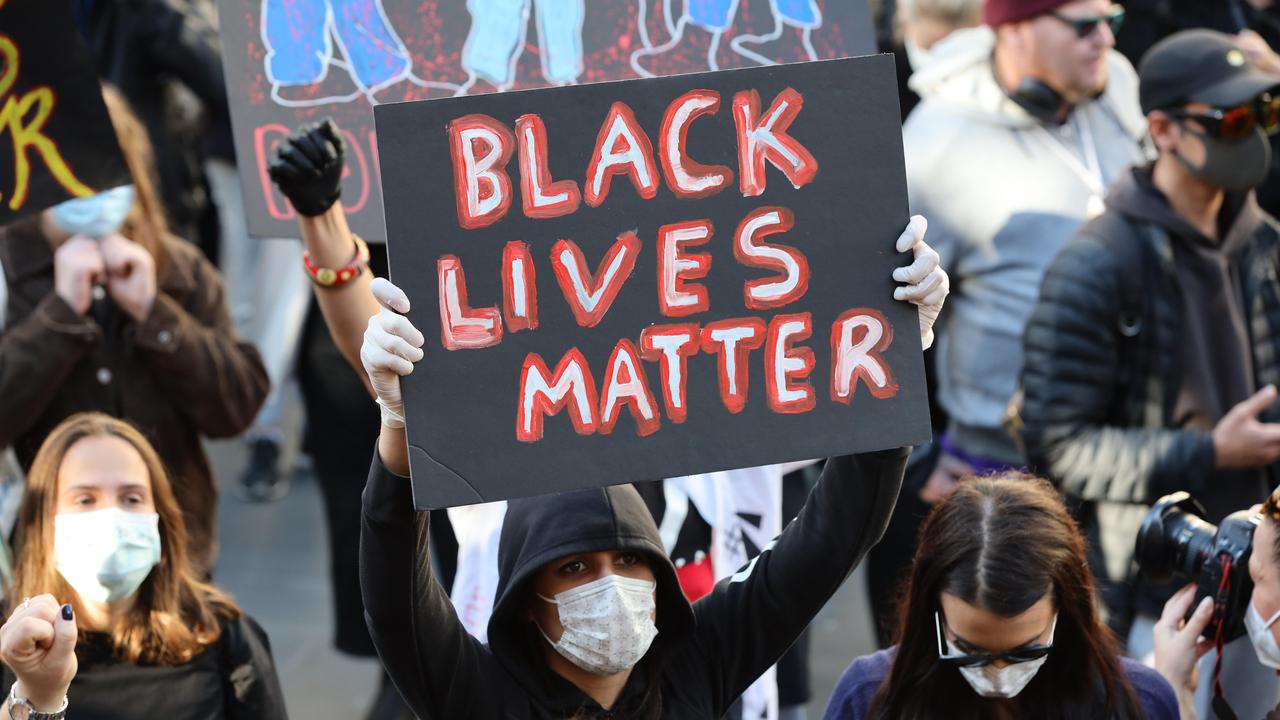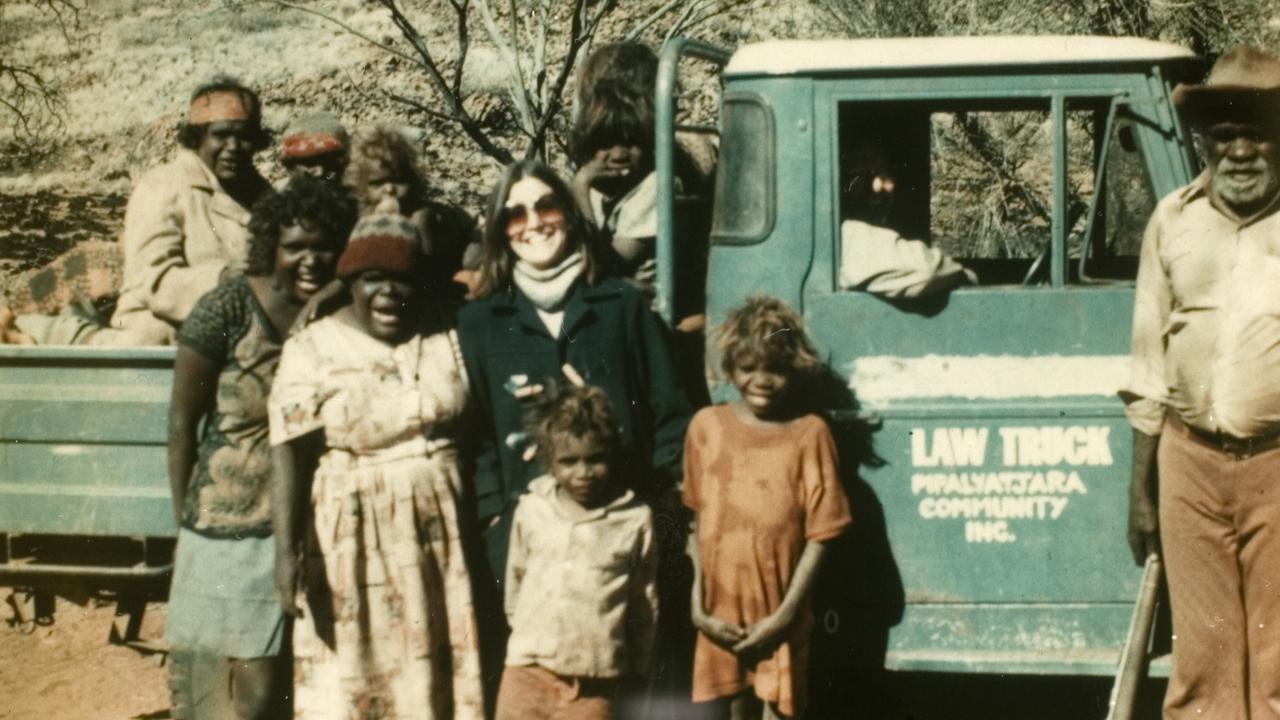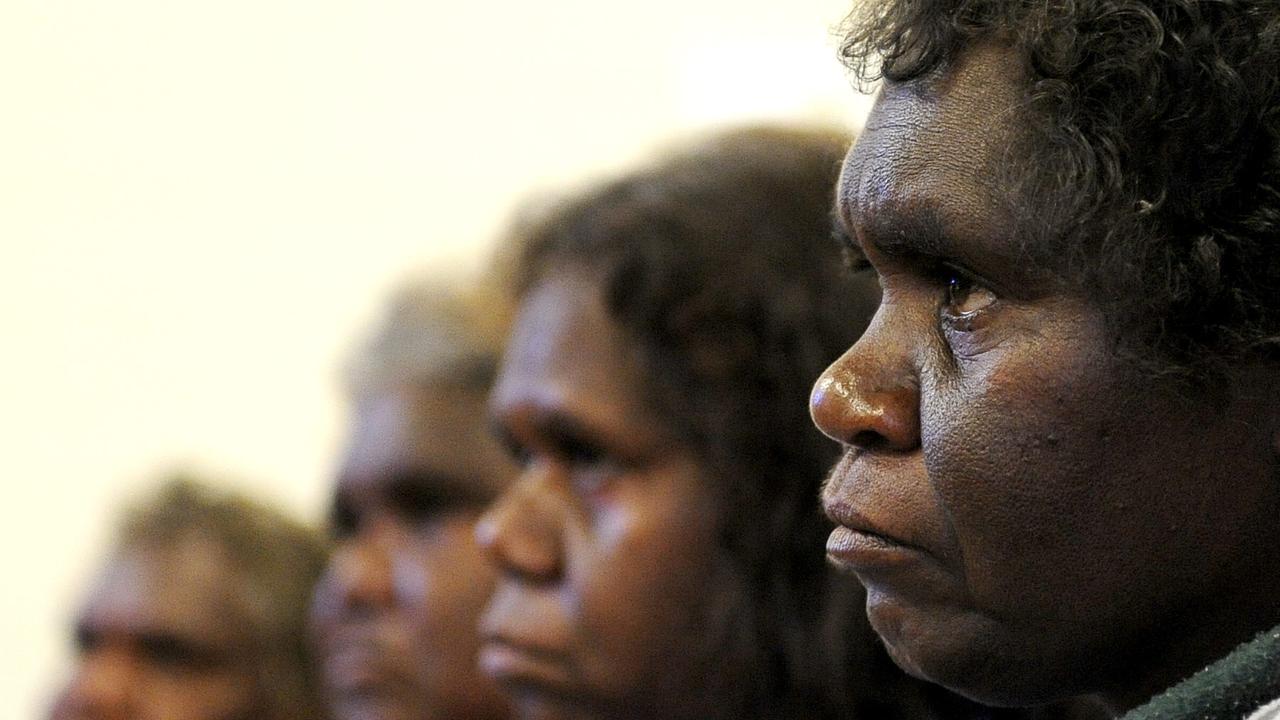The lie white Australians tell themselves about issues in Indigenous communities
A common remark in the wake of Black Lives Matter protests around Australia shows many of us are still missing the point about race and inequality.
OPINION
Australia spends billions of dollars on Indigenous affairs every year and yet the challenges facing communities don’t seem to ever get any better.
And so, the failing must naturally lie with Indigenous people, who are either unwilling or incapable of helping themselves.
That’s an argument I’ve seen and heard countless times in recent weeks, since Black Lives Matter protests erupted across Australia, seeing tens of thousands of people take to the streets.
Critics say that the main point of the marches was to highlight Indigenous deaths in custody, leaving other vital issues – health, violence, poverty and more – largely ignored.
While many of the signs indeed raised Indigenous incarceration, the name of the rally should serve as a blanket statement about its intent – black lives.
And so, I doubt that those in attendance simply didn’t care about the many issues that are rampant in Indigenous communities.
But I don’t know if many of us white Australians care.
RELATED: Australia isn’t a world away from the George Floyd tragedy – we have our own issues

The truth is that an extreme inequality exists in Australia that seems to disproportionately affect Indigenous people.
To illustrate this, I want to tell you about a horrific eye disease that was all but eradicated in developed and wealthy nations a century ago.
Trachoma causes an infection in the eye that sees the eyelid swell and scar, causing the eyelashes to turn inward and repeatedly scratch the eyeball.
It makes blinking excruciating. The sensation is akin to have a handful of small rocks stuck in your eye, with no relief possible.
Those with Trachoma slowly and painfully go blind. It’s one of the leading causes of preventible blindness.
I saw the horrific impacts of Trachoma while on a trip to Ethiopia with the charity The Fred Hollows Foundation a few years ago.
There, some 16 million people have the condition. It’s preventable and treatable, and if caught early enough, blindness can be avoided, and that’s what Fred Hollows is doing on the ground.
You know the other major hotspot for Trachoma?
Remote and regional Indigenous communities in Australia.


We are the only developed country in the world where Trachoma still exists at endemic levels.
Surveillance in 131 remote and regional Indigenous communities conducted in 2016 found that 30 per cent of the population was experiencing Trachoma.
That rate puts us on par with Afghanistan.
And yet, we haven’t seen it in the mainstream population for almost 100 years.
Why does no one care?
Why is it up to charities to try to address this preventable but seemingly ignored problem and not our health system, which we’re told is one of the best in the world?
Indigenous communities are also plagued with higher instances of preventable disease, higher risk of acute illness, lower life expectancy and higher childhood mortality.
Access to health services, poor provision of care and systemic failure at the community intervention level contribute to these unnecessary problems.
With a disease like Trachoma, poor water and sanitation are typically to blame.

While we might spend billions on Indigenous affairs, it’s clear this money is being poorly administered or wasted.
But the public health experts I’ve spoken to tell me that it’s rarely the fault of the communities themselves.
Bureaucrats make spending decisions without the consultation of communities, who typically know what the challenges are and how they should be addressed.
Put simply, it seems those in government departments don’t trust Indigenous Australians to make their own decisions and do it for them.
The results have been dismal, I think we can all agree.
The same can be said for government programs that are meant to tackle violence in communities, especially domestic violence and child abuse.
Funding for treatment for alcohol and substance abuse is also poorly targeted and under-resourced, exacerbating those critical social issues.
When a wealthy nation leaves people behind on multiple fronts, and those people are all black, then you have to ask if race plays a role in our apathy.
Shannon Molloy is a senior reporter at news.com.au




